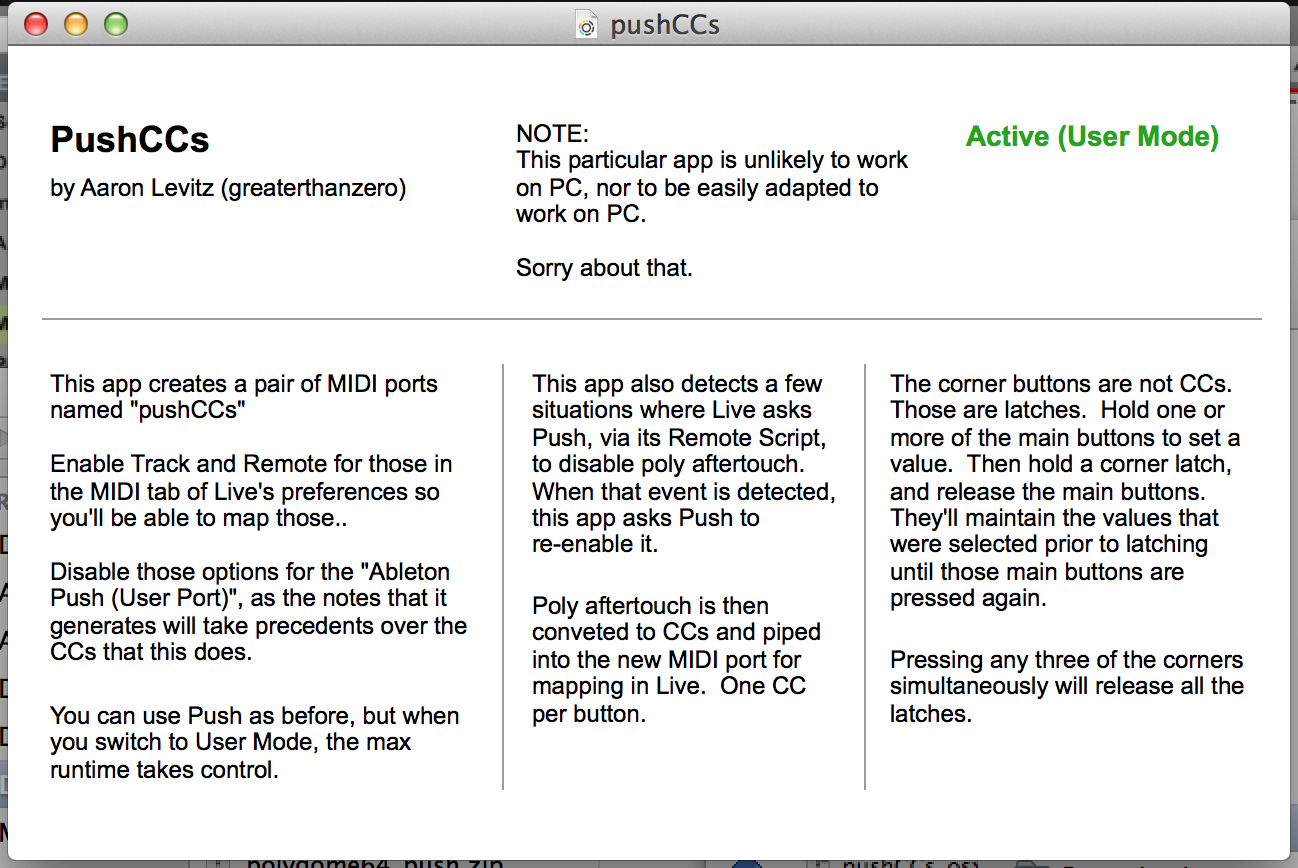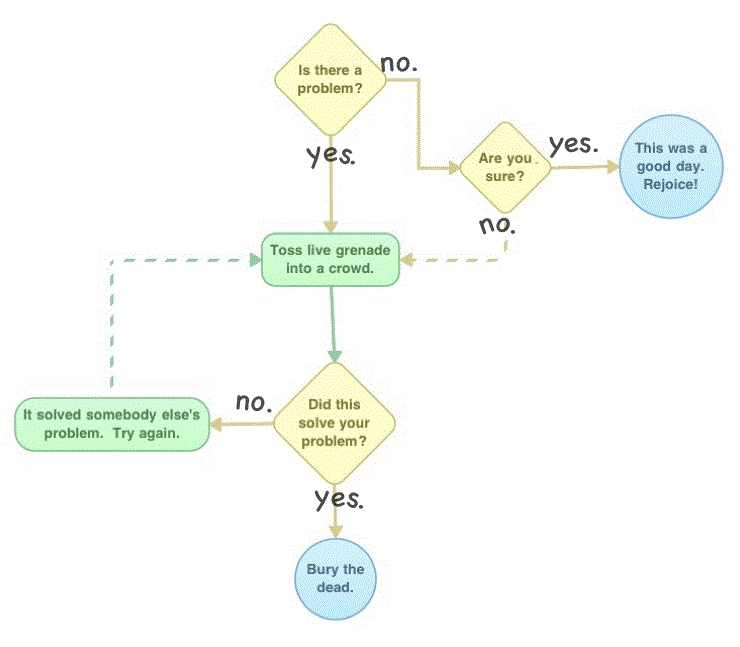Way back in the day, my sequencer (I want to say Master Tracks Pro, but it might have been Cakewalk at this point) had a function where I could stretch a block of MIDI notes to any duration, independent of traditional measure divisions. So, effectively, you could make parts of your ensemble play at different tempos than each other (marching to the beat of their own drummers, as it were).
“Why would you want that?” is the obvious question, and I don’t really have an answer for you except “I was at CalArts.”
I made a piece there, where every instrument in the orchestra (split into pairs) was playing Bach’s Invention #1, at independent but very slow tempos. (At full speed, it would have been an impenetrable mess. But at a glacier’s pace, the chaos feels like deliberate choices.)
It’s hard to describe, really. Your mind would pick out repeating motifs, but couldn’t identify a looping pattern. New melodies would emerge, and feel like they’d always been there. If you left and came back, you’d hear something completely different. But if you’d stayed to listen, you wouldn’t have felt a transition from one realm to the next.
I believe the experience lasted for seventeen days from beginning to end.
I was never able to convince human performers to take on this challenge. And even if I had, there was no media capable of recording it back then.
I’m sure the only version that exists is on an unlabeled floppy disk (which I no longer have drives to read), in a proprietary file format (for software that doesn’t exist anymore).
Anyway…
Software doesn’t really let you do that anymore.
So, I built something this morning which restores this ability.
Again, the “why” part is harder to pin down…
There’s a few things to clean up, still.
I’ll share the device when I deem it “not dangerous,” and make a video when I figure out what it’s for.
Meanwhile, what do you think I should call the thing?
(I’ve been going with working title “Transporter”, because it acts as a surrogate for Live’s transport. But dad jokes aside, that’s not what a transporter is…)

